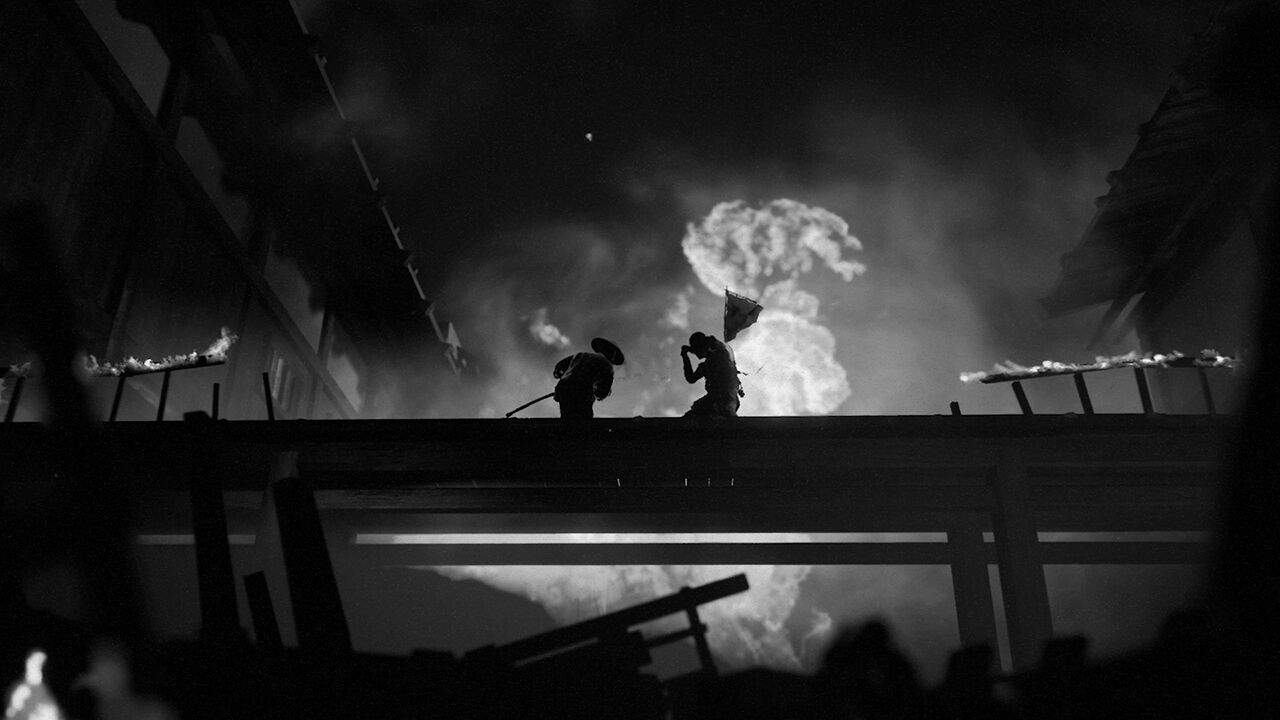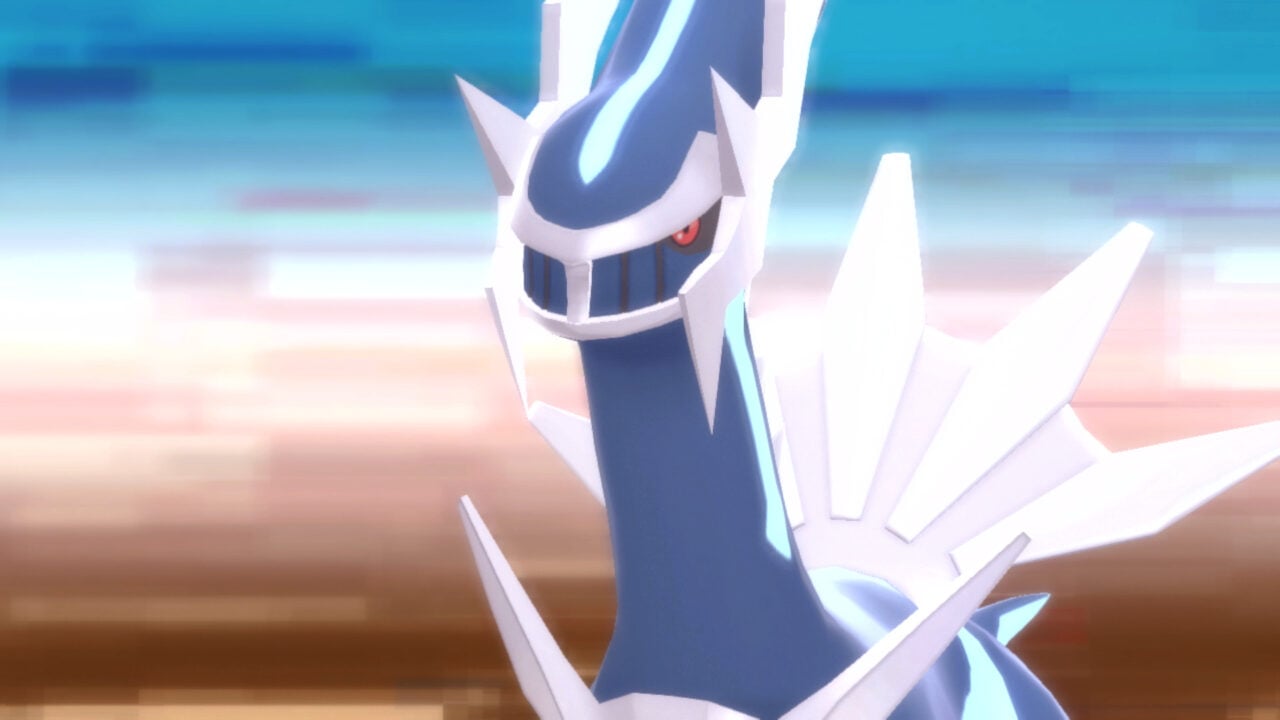# Marvel’s Avengers – playable Kate Bishop launches December 8

“#
Marvel’s Avengers – playable Kate Bishop launches December 8 ”
Take AIM.

Marvel’s Avengers will add Kate Bishop as a playable character on December 8, publisher Square Enix and developers Crystal Dynamics and Eidos Montreal announced.
Marvel’s Avengers is available now for PlayStation 4, Xbox One, PC via Steam, and Stadia. PlayStation 5 and Xbox Series versions are due out in 2021.
Watch a 10-minute deep dive video on Kate Bisohp below.
If you liked the article, do not forget to share it with your friends. Follow us on Google News too, click on the star and choose us from your favorites.
For forums sites go to Forum.BuradaBiliyorum.Com
If you want to read more News articles, you can visit our Game category.




